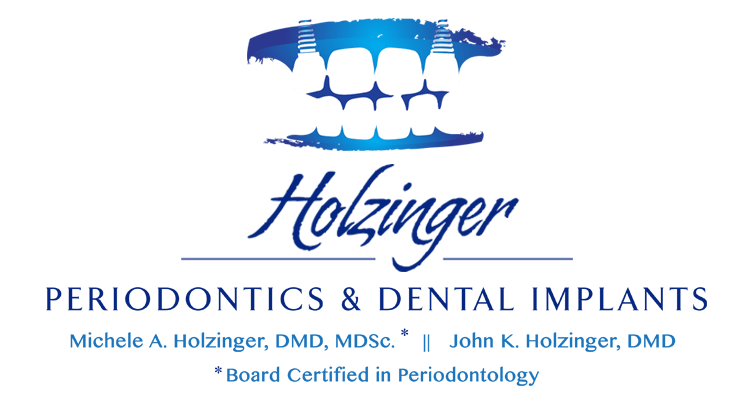If you’ve ever had a tooth extracted, you were probably told not to drink from a straw after the procedure. Why is this an important instruction? The goal is to prevent dry socket, a condition that can occur after a tooth extraction. There are other ways to prevent it as well. Learn how to recognize the symptoms and what to do if you think you may have dry socket.
What is Dry Socket?
After a tooth is extracted, a blood clot forms in the socket where the tooth used to be. This stops the bleeding and promotes healing. If this blood clot is dislodged from the socket, it is called dry socket.
Symptoms of Dry Socket
How do you know if you have a dry socket?
- Pain. The most common symptom of dry socket is pain. This is because the bone and nerves are exposed. Dry socket pain can be severe and acute, but it can also feel more like a dull pain that resonates in your jaw or ear canal. In general, the pain after an extraction should get better each day. If it does not, let your provider know as it may be a dry socket.
- Bleeding. If you experience continued bleeding after having your tooth extracted, or if bleeding resumes after having stopped, this may indicate that the blood clot is no longer in the socket.
- Bad taste in your mouth. Food and bacteria will gather in the empty socket and cause a bad taste in your mouth.
- Bad breath. Dry socket will also cause bad breath due to the bacteria that gathers in the socket.
What Causes Dry Socket?
The blood clot can be dislodged from the socket due to any of the following causes:
- Drinking from a straw. The sucking motion required to drink from a straw may dislodge the blood clot.
- Warm beverages. Drinking warm or hot beverages too soon after tooth extraction can cause the blood clot to loosen and come out of the socket.
- Carbonation. Carbonated beverages are harsh and acidic, which can cause the blood clot to separate from the socket.
- Sucking on candy. Sucking on hard candy or any other food can also dislodge the blood clot.
- Smoking. Smoking also requires a sucking motion similar to drinking from a straw.
Why is Dry Socket a Serious Problem?
Dry socket is not only painful, but it can develop into a serious infection. When the blood clot is absent it exposes the nerves, blood vessels, and tissues to bacteria. Instead of healing, the tissue becomes inflamed and irritated. If you have had a recent tooth extraction and you’re experiencing any symptoms of dry socket, contact your periodontist right away.
Why Choose Holzinger Periodontics for Tooth Extraction?
If you’re in need of a tooth extraction, Holzinger Periodontics & Dental Implants provides this service. Periodontists specialize in procedures that affect the support structures for the teeth, such as the gums and jaw bone. Extractions require the tooth to be loosened from its support structures in order to be removed. We can do this gently and effectively.
Contact us today to learn more and schedule an appointment.
Frequently Asked Questions About Tooth Extraction
How long should I wait before drinking from a straw?
Avoid drinking from a straw, smoking. sucking on hard candy, and any of the other risks listed above for at least 3 days following your surgery. For best results wait a week or more.
How is dry socket treated?
The socket will be flushed out and a medicated dressing will be applied to treat and prevent infection. You may have a follow up appointment to monitor your healing.

